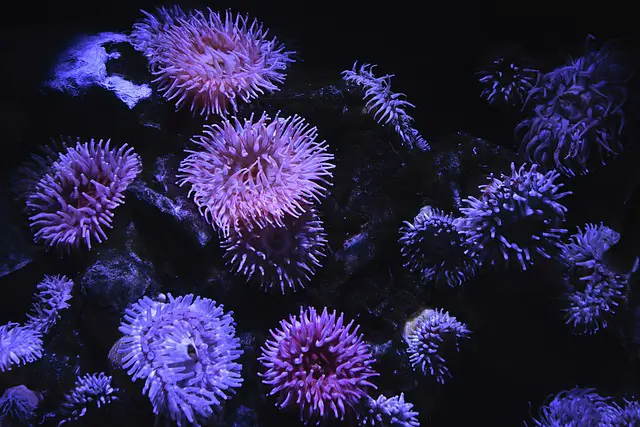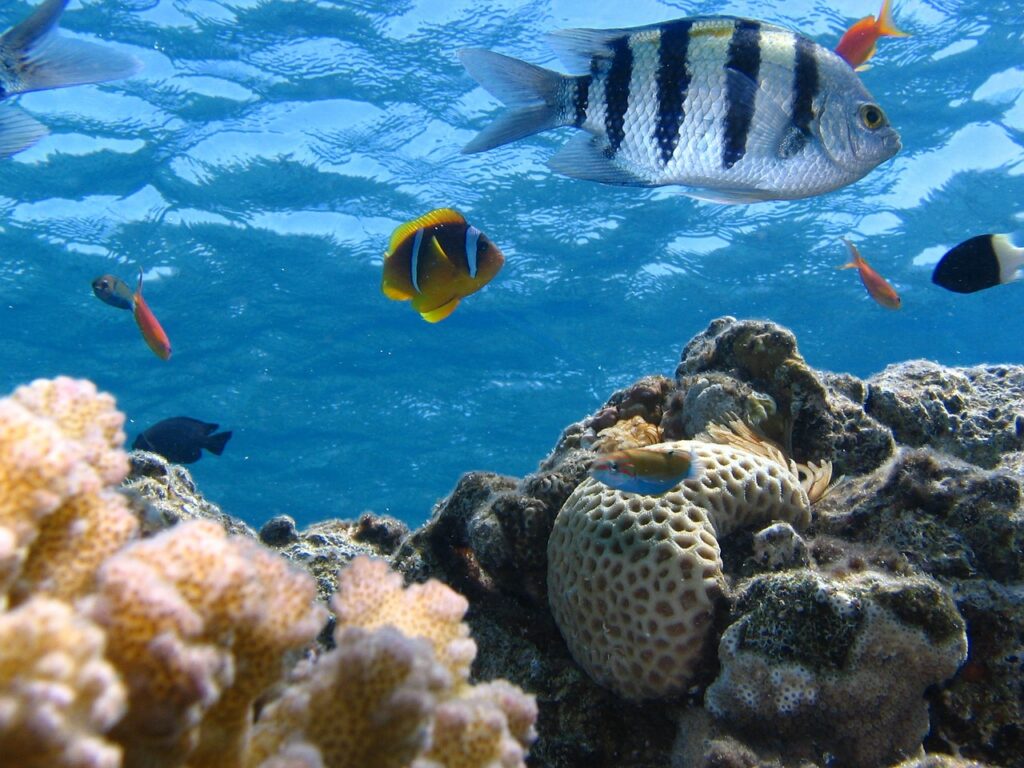Up until fairly recently, when Australia started to pull back a little bit on their prohibition of native corals, the Duncan was a relative unknown here in the United States.
Today, though, Duncan corals are some of the most popular corals across the country – and across the world, for that matter.
Beautiful and vibrant, generally pretty easy to care for, and capable of reproducing very quickly, tons of people are starting to fill their aquariums with these corals and loving every moment of it.
If you’ve been thinking about taking the plunge (no pun intended) but aren’t sure of where to start – or even how do Duncan corals reproduce – you’ve come to the right place.
Let’s get right to it.
Duncan Corals 101
Before we go over more specific details regarding Duncan corals, how they reproduce, how big they get, and how fast they grow (amongst other things) it’s important to touch on a couple of basics.
As far as corals go, Duncans are (generally) pretty simple and straightforward to take care of. You’re not going to need to do anything crazy – at least not compared to take care of other corals – and these are pretty peaceful.
Totally reef safe and easy enough to feed, these corals come in a variety of stunning colors that range from a sort of “dirty pink” to all different kinds of greens, purples, and blues.
It’s not at all unusual for these corals to have a strike pattern along their stock (usually a darker brown and green color) with other stripes racing across their poly.
If you’re looking for corals that do really well with actinic light – and become almost phosphorescent in that kind of light source – you need look no further than Duncans.
How Do Duncan Corals Reproduce?
One of the coolest things about Duncan corals is that they are sort of “set it and forget it” when it comes to their natural reproduction.
You see, a Duncan is going to reproduce all on its own by creating new polys straight from the base of their more mature polyps. This happens sort of like a branching structure (the way that trees extend as they mature), and it isn’t at all uncommon to start to see multiple polyps start to pop off of a single polyp “frag”.
There isn’t any babysitting required. Just let them do their business!
Of course, if you want to sort of move propagation along you can take advantage of bone clippers or a wet bandsaw and separate a single polyp (or group of polyps) off – so long as you aim for the lowest possible point on the stalk.
This approach allows you to leave the remaining polyps in perfect health but also gives you a rock solid base to attach this new fragment to a different rock using a little bit of coral glue or coral putty.
How Big Do Duncan Corals Get?
Truth be told, under the right conditions there’s really no limitation to just how big a colony of Duncan coral can get.
The size of your Duncan corals will be dictated by a couple of different factors, including (but definitely not limited to):
- The available space for the coral to grow
- The kind of water chemistry (specifically the calcium availability) the corals live in
- The amount of nutrients that the coral are able to pull in on a regular basis
Duncan corals put into a tank with plenty of “room to roam”, so to speak, with lots of food, lots of calcium in the water, and just the right amount of light are going to blossom.
In fact, you might even have a hard time keeping this coral population under control – especially if you are looking to grow multiple kinds of coral in your set up.
As a general rule of thumb, though, expect to see individual polyps that get to be about 1 inch diameter with 1 inch tentacles extending off of them. The stalk of each individual polyp can grow to be a couple of inches tall as well.
How Fast Do Duncan Corals Grow?
Because a Duncan coral understands how to get its hands on food all on its own (really doesn’t need to be babysat the way that other coral might) it’s possible for these corals to grow at an almost breakneck pace.
Even more impressive, though, is that this rapid growth pace isn’t going to cause the kind of health issues with Duncan coral that can happen in other species.
It grows rapidly and stays healthy the whole way through.
That’s really the best of all worlds!
What Do Duncan Corals Eat?
Targeted feeding can be used if you want to make sure that your Duncan are getting as many nutrients as humanly possible, but again this coral can handle its own all on its own without too much extra effort.
Tiny shrimp (including brine shrimp), chopped bits of shellfish, tigropius copepods and cyclops, and even nauplii larva can be fed directly to these coral as well.
It’s generally a good idea to feed your coral twice a day (especially as they mature).
As highlighted a moment ago, targeted feeding really is the best way to deliver those nutrients effectively. Using targeted feeding tools (that look a lot like a pipette) you want to move the food source as close to their mouth as possible.
If the current inside of the aquarium starts to pull the food away you can switch things around to sort of bring it back, giving your coral on opportunity to double up on their snacks.
Other than that, there’s really not a whole lot to keeping your Duncan coral happy and healthy!
Far and away one of the more gorgeous coral options you can add to your tank, it’s really not hard to see why so many coral enthusiasts and aquarium hobbyists have decided to fill their tanks with these little beauties.
If you’ve decided to go down that road to hopefully this guide helps you get the most out of your Duncan coral going forward!



